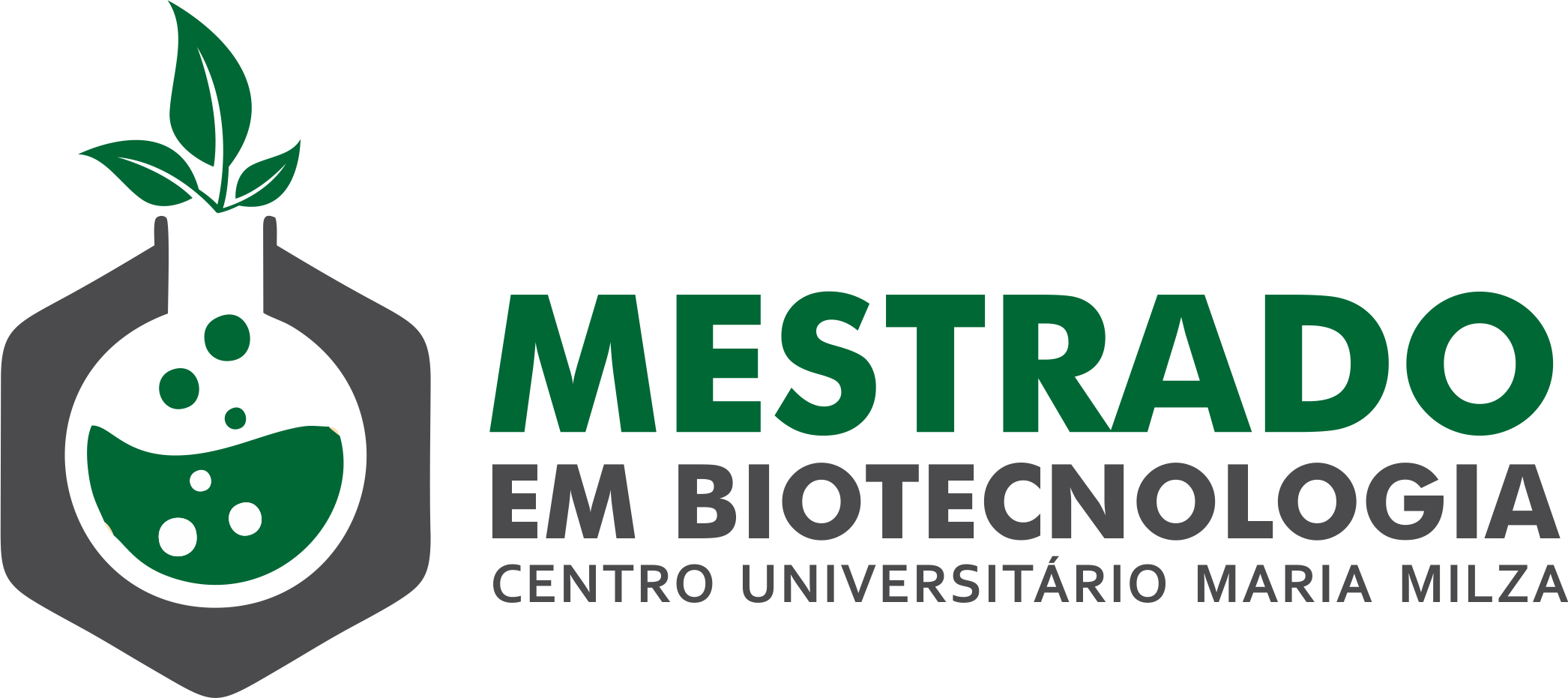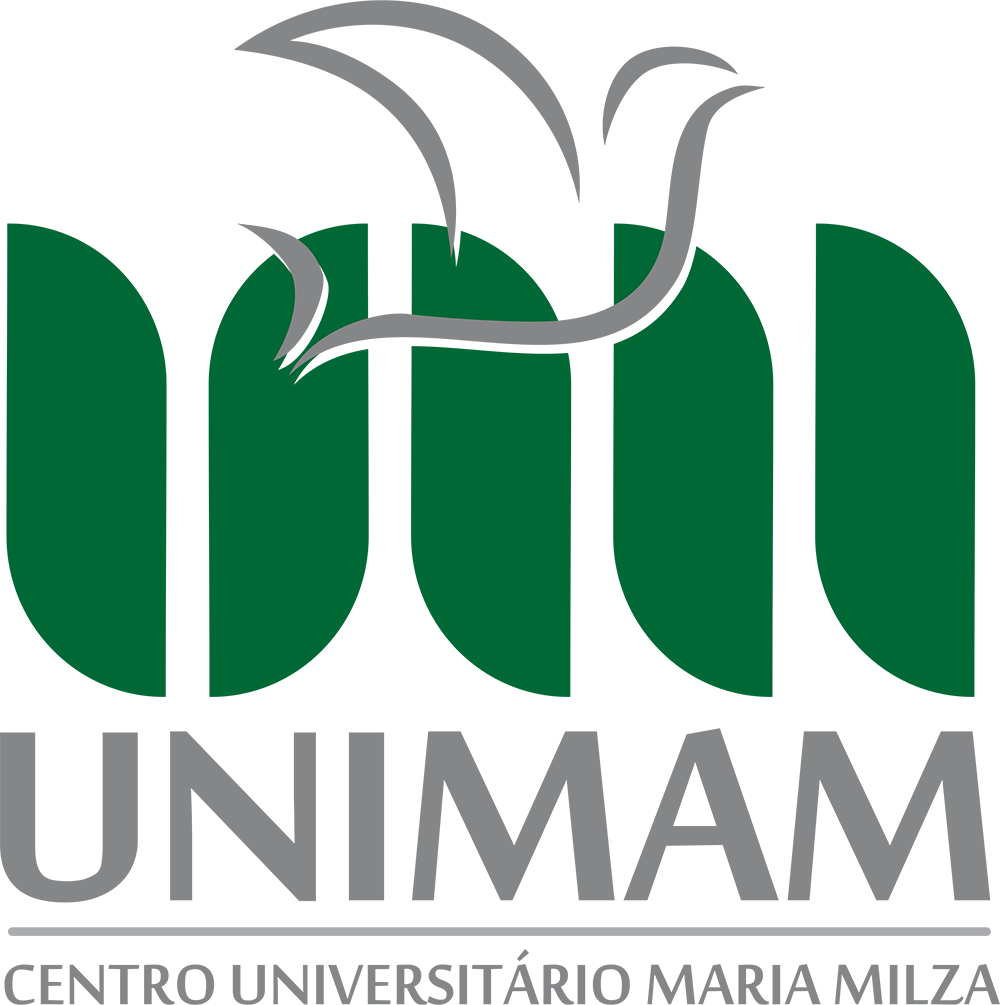Atividades Fitoquímicas de Crescentia cujete L: Uma revisão
DOI:
https://doi.org/10.22479/texturav17n1p83-97Keywords:
Crescentia cujete, secondary compounds, bioactivityAbstract
The genus Crescentia belongs to the Bignoniaceae family, and is characterized by small to medium-sized trees, with branched branches that together form an open crown. The Crescentia cujete species has several pharmacological properties and its use without toxicological studies is recurrent. In folk medicine it is used as an antioxidant, cytotoxic, antiplasmodial, antibacterial, anti-inflammatory, fungicide and insecticide. This study aims to present, through a literature review, the main parts of C. cujete used to obtain secondary compounds, as well as their biological and toxicological activity. Based on the inclusion and exclusion criteria, 18 studies were selected, in English, Portuguese and Spanish, which obtained the parts used, secondary metabolites, biological activity and their toxicity. Regarding the used parts of C. cujete, the fruit was the one that presented the highest percentage, equivalent to 60.0% of the studies, there was also the presence of activity against some microorganisms. It is concluded that the presence of phytochemicals from C.cujete brings many benefits to human and animal health, but it is important to remember that every plant has some toxicity at a certain dose, and should be used cautiously and under prescription.
Downloads
Downloads
Published
How to Cite
Issue
Section
License
The authors grant copyright on an approved manuscript with exclusive publication for Texture Journal in electronic format, including figures/ illustrations and content for the dissemination of the article, including on the social networks of the Texture Journal.











